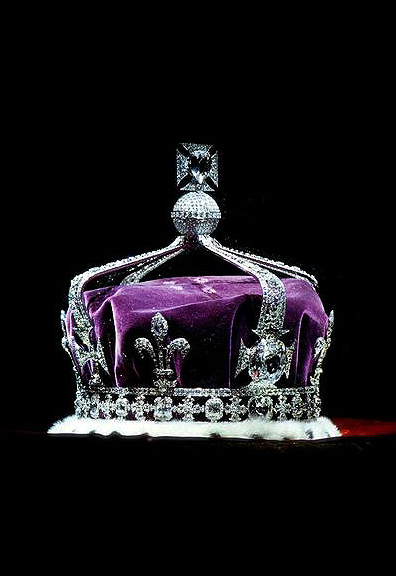





Lavender Wave
$220.00 – $620.00
There’s a saying in art that when you are looking at the color purple it is the only color that looks back at you.
Purples rarity in nature and the expense of synthesizing it has given it a supernatural aura over the centuries.
In pre-history most of our ancestors never saw a purple fruit, flower, bird, or fish because the color is exceedingly rare in nature.
Purple was one of the first colors used in prehistoric art dating as far back as 25,000 BC using sticks of manganese and hematite powder.
In the 15th century BC the citizens of Tyre on the coast of Ancient Phoenicia were producing purple using 12,000 Murex Sea Shells to extract 1.5 grams of pure dye.
Clothing colored with Tyrian dye received mention in the Old Testament and Iliad of Homer.
The rare color was used exclusively for the garments of emperors, which is how it came to be associated with luxury and nobility.
Roman emperors Julius Caesar and Augustus even decreed that only the Emperor could wear purple.
Emperor Caligula had the King of Mauritania murdered for wearing a purple mantle better than his own and when Nero became Emperor, wearing or selling purple became punishable by death.
While the color came to symbolize royalty and dignity, it also came to represented decadence, conceit and pomposity.
This helps explain why the color purple is not used in the flags of nations.